Sustainably harvested salmon from the fish trap are now available at Seattle’s most renowned seafood restaurants. In September and October, James Beard award-winning Chef Renee Erickson is serving her artful preparations of trap-caught salmon at several of her acclaimed Sea Creature Restaurants. Not only will consumers notice the unparalleled quality of these freshly caught salmon, but rest assured, they can feel good about their purchase which benefits the recovery of wild salmon, killer whales, and Washington’s coastal fishing economies.
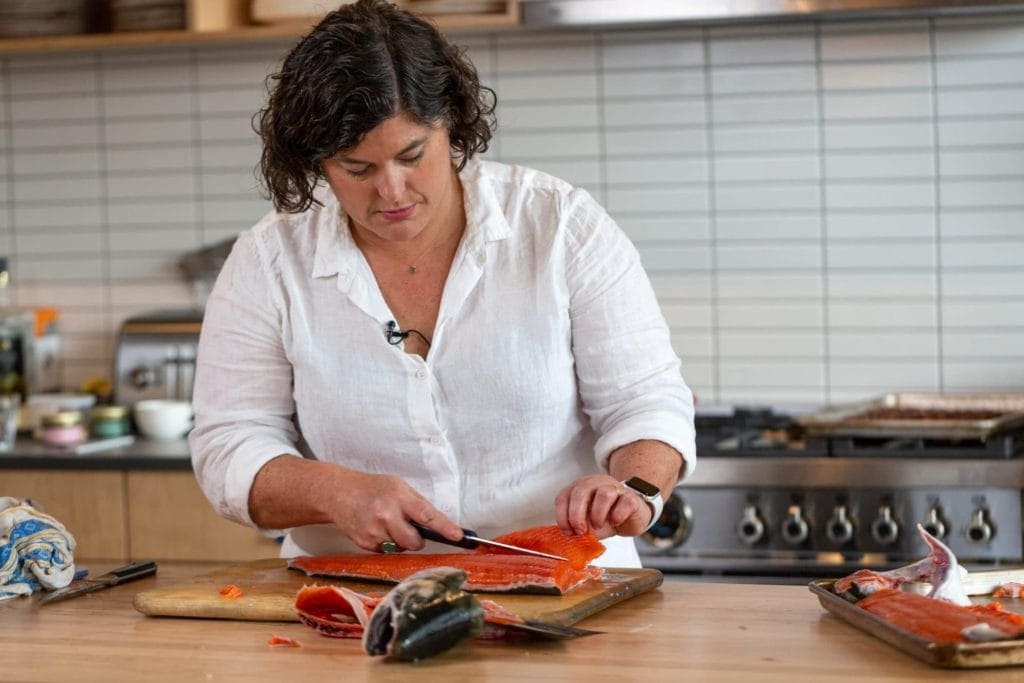
When it comes to buying fish, consumers have good reason to remain uncertain about what is or is not “sustainable”. For one, producers in the food production world and beyond have applied this term more and more, often undeservingly, as consumers increasingly demand environmentally-safe, responsible products. However, genuinely sustainable and regenerative products must be produced, harvested, or grown in a forward-thinking manner that can continue to create a net-positive impact on a continual basis.
Over the last few decades, the public has become increasingly aware and concerned of the impact fisheries have on threatened and endangered fishes, birds, and beloved marine mammals. People have witnessed the severe decline in our ocean’s biodiversity due to commercial harvest impacts, from the extirpation of wild salmon populations to the starvation of endangered Southern Resident killer whales. The industry has adapted to changing consumer demands in various ways, developing “dolphin safe” fishing practices or seeking sustainable market certifications from the likes of Marine Stewardship Council (MSC) and Monterey Bay Aquarium Seafood Watch to put the public at ease.
Nevertheless, consumers have come to realize that ecolabeling and clever branding tactics from the industry are not always reliable, and frequently contrary to the recovery of threatened and endangered species. For example, it turns out that troll-caught Chinook salmon marketed as Southeast Alaskan Chinook and labeled sustainable by MSC are fraudulent over 97% of the time; almost all of the Chinook captured in this fishery are in fact from dwindling salmon populations of British Columbia, Washington, and Oregon. Most recently, it was discovered that PCC Community Markets were branding wild Chinook salmon captured with non-selective gear in the Columbia River as a sustainable product, forgetting that wild Chinook captured in this fishery may be from Snake River and lower Columbia River stocks that are threatened with extinction (not to mention the unstudied and unknown bycatch impacts of this fishery to dwindling wild steelhead populations).
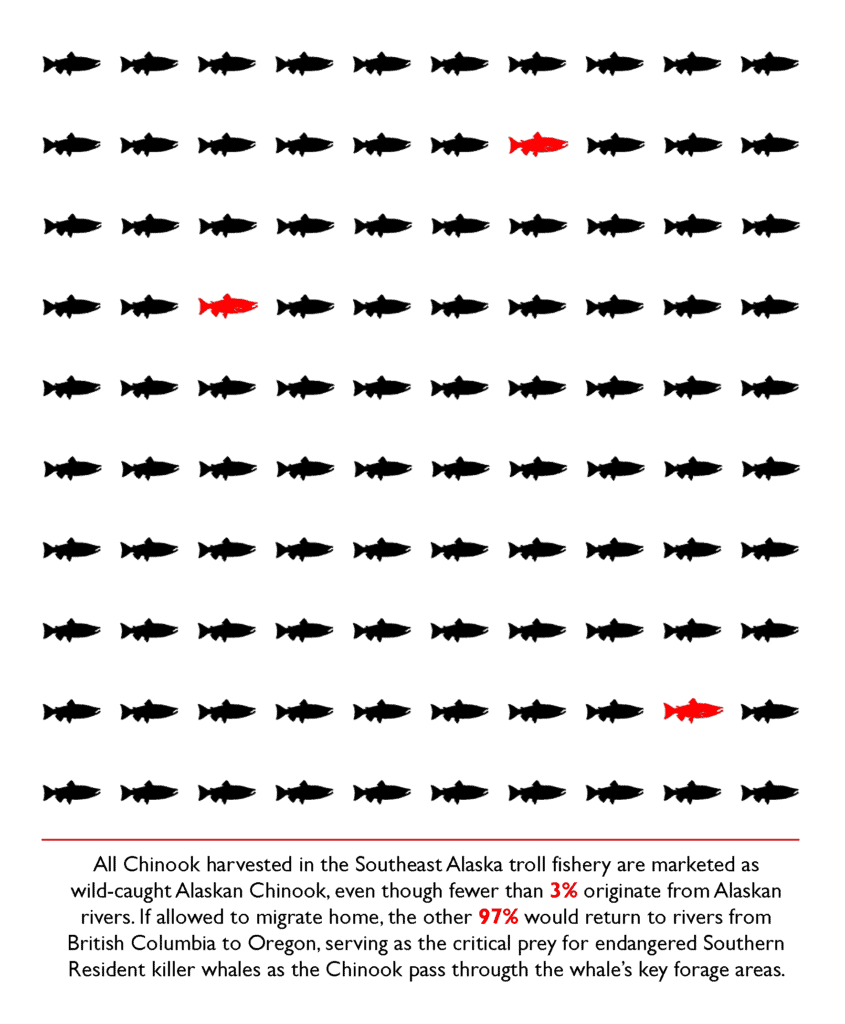
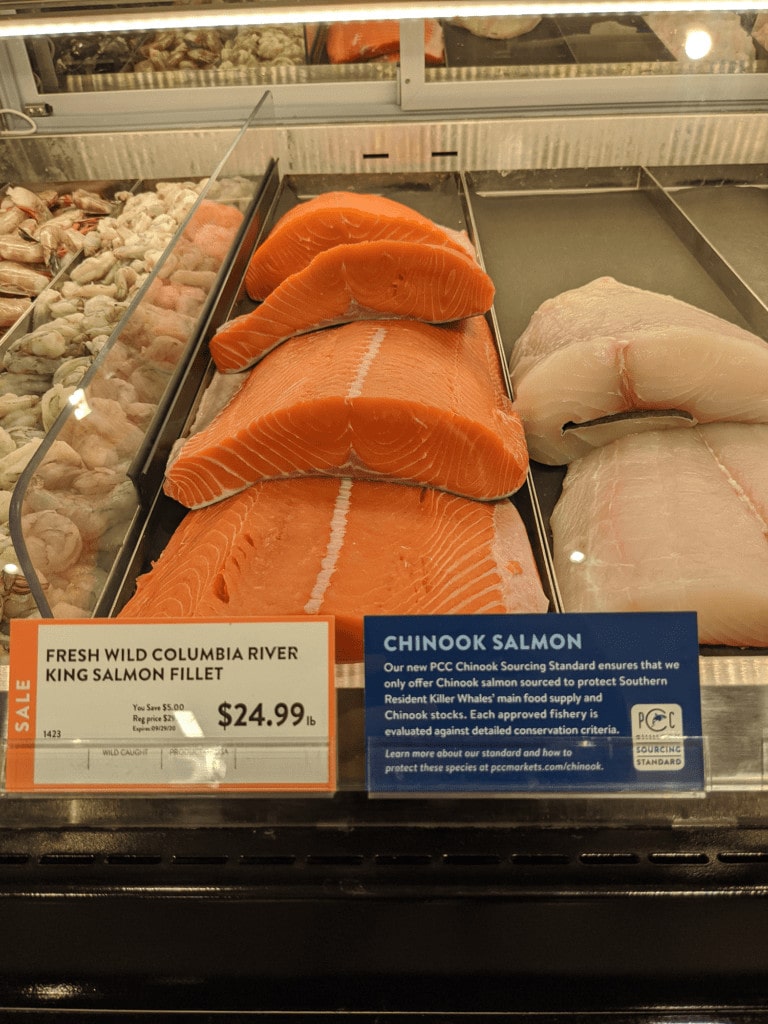
With data and science at odds with leading market certifiers and false advertising abound, it seems that the only way to ensure that the fish you’re eating are truly sustainable and regenerative (and, in fact, the species or stock you intended to purchase) is to have a traceable product. This means that every step of the supply chain can be easily followed back to the commercial fisher, and hopefully, that fisher is harvesting the right fish, in the right place, with the right tool.
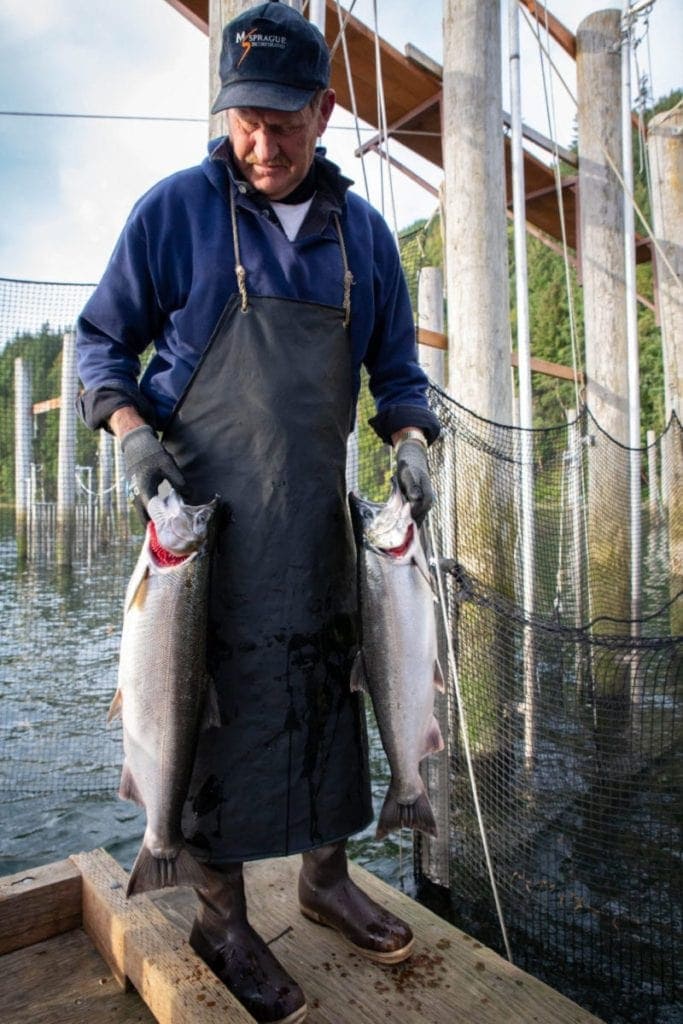
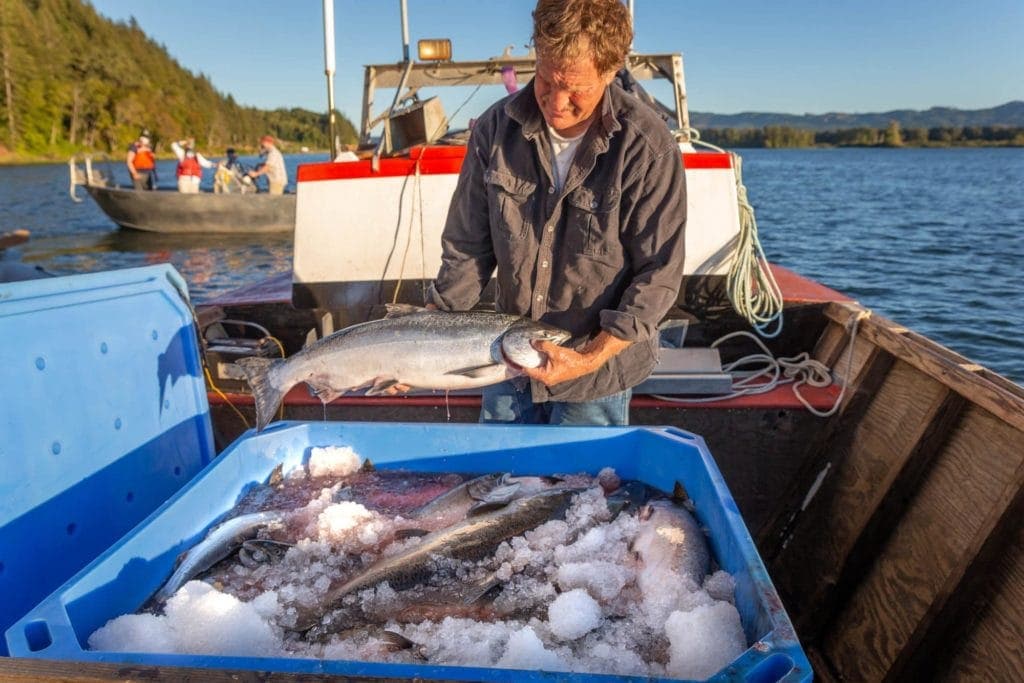
Chef Renee Erickson understands the importance of serving her customers a local product that is truly sustainable and traceable back to the fisher— that’s why she is proudly serving trap-caught hatchery salmon from the Columbia River.
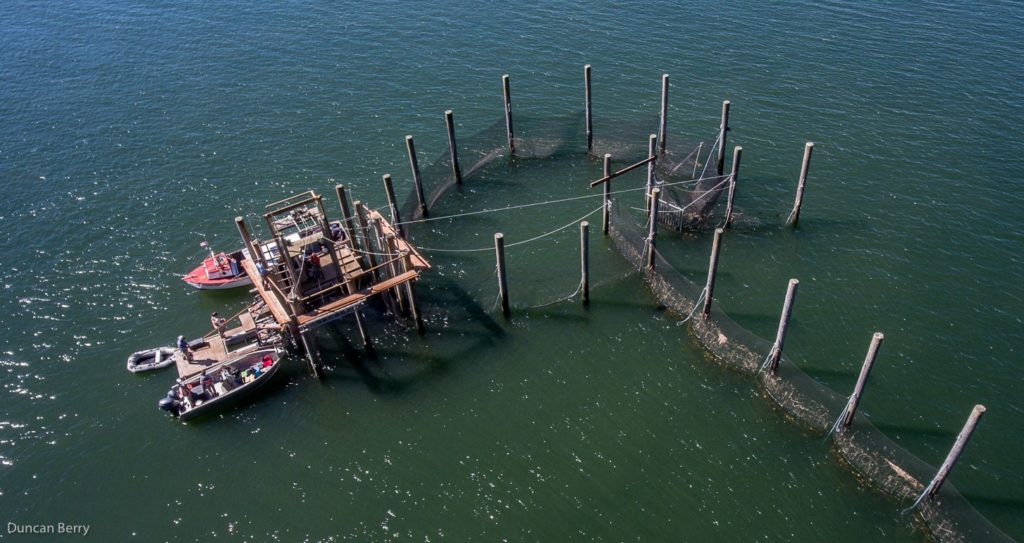
When consumers order coho salmon from Erickson’s restaurants, they can rest easy knowing that their purchase contributes toward wild salmon recovery and the economy of Cathlamet, WA. All fish are harvested in the right place, being captured in-river. When salmon fishing occurs in mixed-stock ocean fisheries, commercial fishers have little to no control over what fish they are harvesting and whether or not those fish are from healthy, harvestable salmon runs or stocks that are threatened with extinction. The only way to ensure with certainty what fish you’re harvesting is to fish in or near the river a targeted salmon run originated. Furthermore, harvesting in-river is critical to preserving marine prey for the Pacific Northwest’s endangered Southern Resident killer whales. In comparison, ocean fisheries like the Southeast Alaska Chinook troll fishery have been recognized by NOAA Fisheries as contributing to the decline of the Southern Residents, a fishery that harvests their critical prey before the whales have a chance to feed.
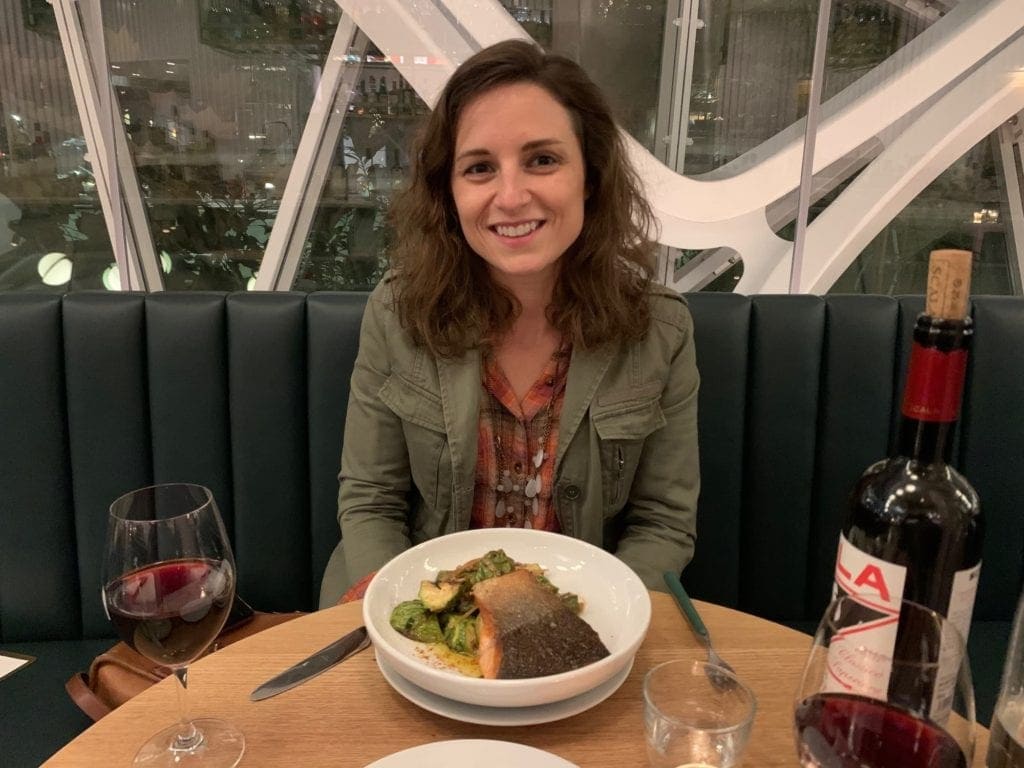
Salmon sourced from the Columbia River trap fishery are sustainable for many reasons, but most importantly, because they are the right fish. Each trap harvested salmon is known to be of Columbia River hatchery-origins, while 100% of wild salmon and steelhead are released to continue upriver to spawning grounds. In contrast with the salmon currently being sold at PCC Markets, consumers of trap-caught fish can be 100% sure they are not eating an incidentally-caught wild salmon from the Snake River and other watersheds with threatened, wild runs.
At the same time wild fish are protected from harvest, each hatchery-origin salmon selectively harvested contributes to the recovery of wild salmon populations by reducing the number of hatchery fish reaching spawning grounds and interbreeding with wild fish. This interbreeding frequently compromises the genetics of wild salmon populations and is a significant barrier to their recovery. Selective harvest of hatchery salmon partially addresses the conservation problem stemming from societal dependence on hatchery production that does not appear to be going away any time soon. However, wider implementation of selective fishing techniques that are tested and proven to reduce bycatch and hatchery impacts on wild stocks are a key component of recovery actions that could eventually eliminate the need for hatcheries to meet short-term harvest demands.
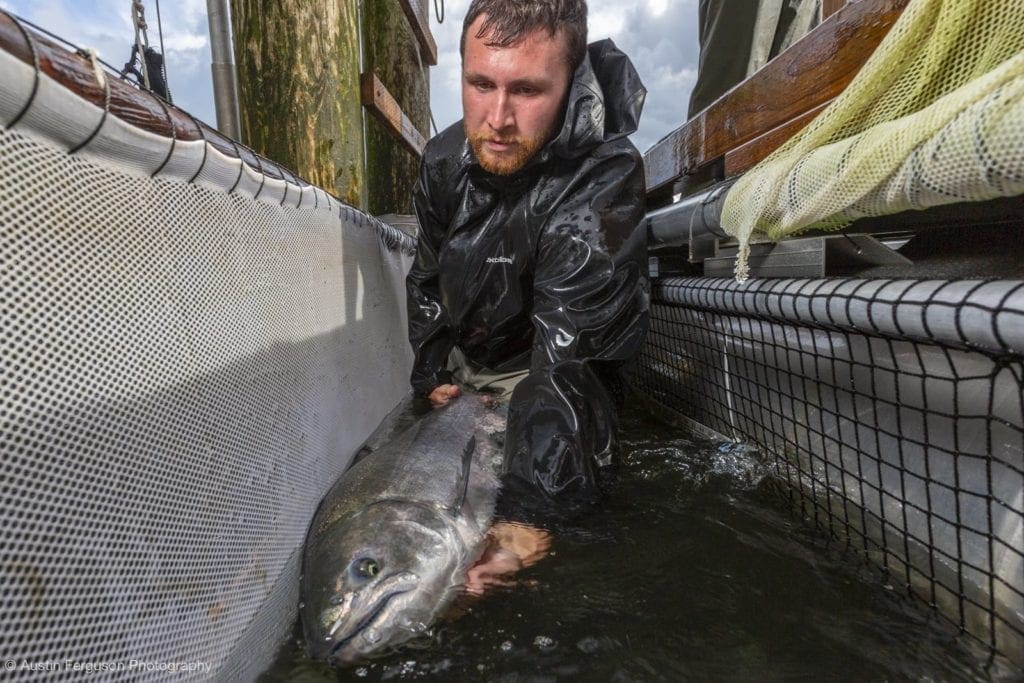
Lastly, salmon served at Chef Erickson’s restaurants are selectively harvested with the right tool. The fish trap is unique in its ability to capture fish in a low-impact, passive manner. Every single wild salmon and steelhead encountered in the fishery is gently released, with little to no measurable impact to continue their journey upriver to spawning grounds. Traps are also solar powered, requiring zero carbon emissions to harvest fish. This is in great contrast to carbon intensive conventional fishing practices that entangle or crush captured fishes, causing mortality of bycatch species. On the Columbia River and coast wide, protecting wild salmon bycatch from being killed or harvested in commercial fisheries is key to the long-term recovery of threatened and endangered salmon, steelhead, and killer whales.

Through the month of October, keep your eyes peeled for fish trap salmon at Renee Erickson’s restaurants in Seattle. You will be sure to enjoy her amazing preparations of this locally sourced, low-carbon, wild salmon and orca whale safe product.

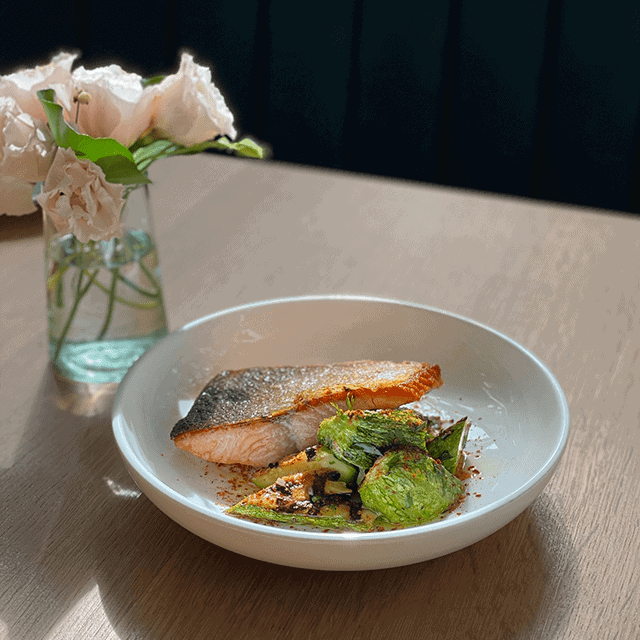
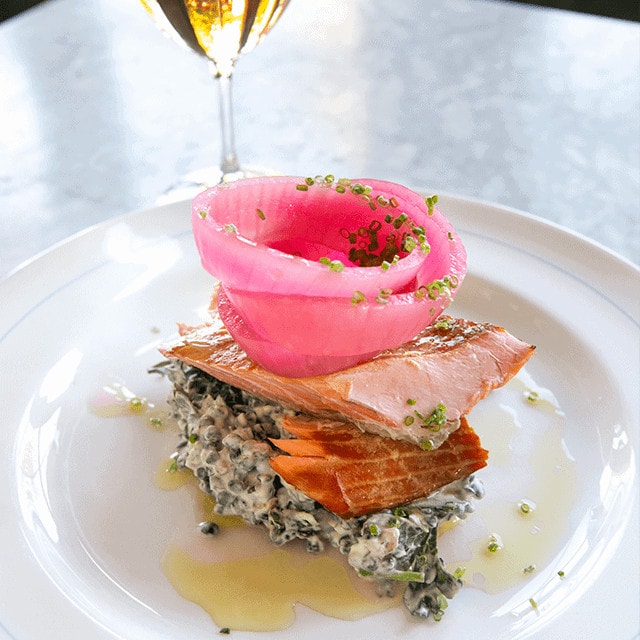
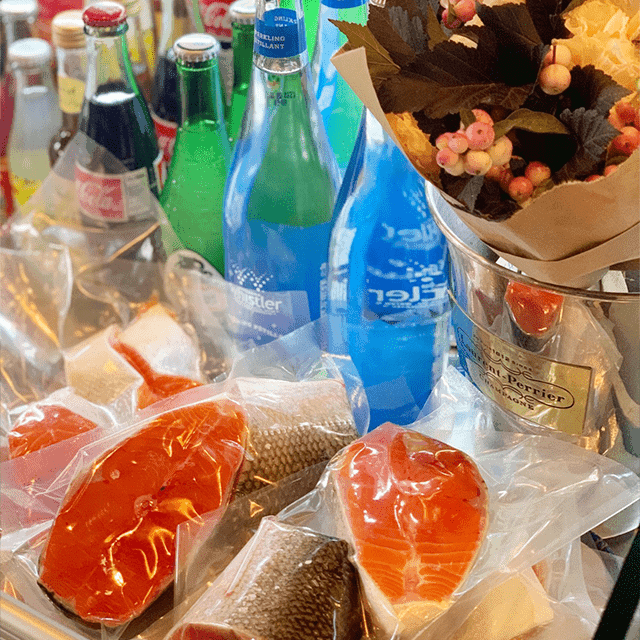

willmottsghost.com
bistroshirlee.com
thewhalewins.com
westwardseattle.com
Join our mailing list to recieve important updates on our work, the latest wild fish news, & opportunities to take action to support wild fish.
This site is protected by reCAPTCHA and the Google Privacy Policy and Terms of Service apply.
Wild Fish Conservancy is recognized as a 501(c)3 non-profit by the IRS